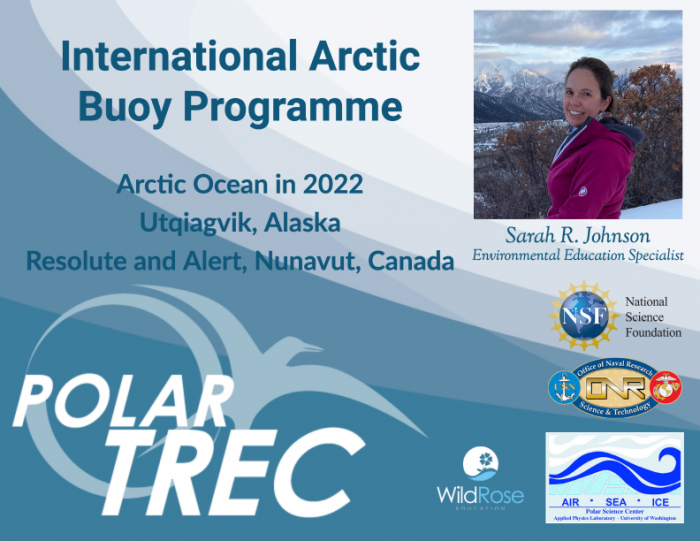We Are Back!
Back to the logistics planning table and white boards to capture all the details... yet we are still working from zoom and google drive, no real tables or dry erase markers yet. A couple weeks ago the National Science Foundation loosened the quarantine requirements for NSF funded scientists deploying to Utqiaġvik, Alaska. Upon the announcement, almost immediately my team came together via pixels on the screen to talk through eight pages of pre-field logistics. There are six people working on all the details of me traveling and contributing to the work of the International Arctic BuoyA float moored in water or ice to mark a location, warn of danger, or indicate a navigational channel. Programme. I have never had such an entourage of personal assistants to help make an adventure come to fruition. Well, they are not exactly personal assistants, more so they are experts in Arctic science, travel, education and outreach, cold-weather gear, and day-to-day up north living. It is an incredible gift and opportunity to get to be in this position as a PolarTREC educator.
Headed into the field is standard vernacular for outdoor science observing and data collection and typically is very desirable work time for scientists. Yet, I want to use alternative vocabulary of headed out on the ice. Instead of fieldwork, we should be calling it 'sea ice work' as the observations and data collection all happens on the sea ice or directly in contact with the Arctic Ocean water.
For this upcoming March 27-April 8, 2022 expedition we will be working on the fast ice via snowmobiles and on the drift ice via helicopters off the coast of the farthest northern point of the United States. We will also use drones to deploy buoys (environmental sensors) in addition to placing sensors down into the ocean water through holes we auger through the very thick ice. And it is possible that in late June and early July we will be working on the Arctic Ocean water via large aircraft. I will explain the types of sea ice in forthcoming journal posts.
It is a bit hard to truly believe that this expedition is really going to happen as we have lived through two years of so many disruptions, cancelations, disappointments, and delayed plans. I am a bit in the 'believe it when I see it' headspace right now. I'm afraid of jinxing it just by writing this journal post. Yet I am getting quite excited. I got my super warm insulated windproof Carhart bibs in the mail the other day... perhaps it will all come to fruition.
Ways to Be Part of This Expedition
- follow this blog: click here to Subscribe to Journal Emails
- write in questions and comments at the bottom of journal entries; I will potentially use these to frame future journal entries
- offer suggestions for press/media coverage by emailing me (sjohnson [at] polartrec.com) specific contacts or outlets
- send me any ideas you have for creative methods for storytelling from this project
- follow me on Instagram @Wild_Rose_Education
- follow me on Facebook @WildRoseEducation
- follow #ArcticRuminations on other social media channels



Comments